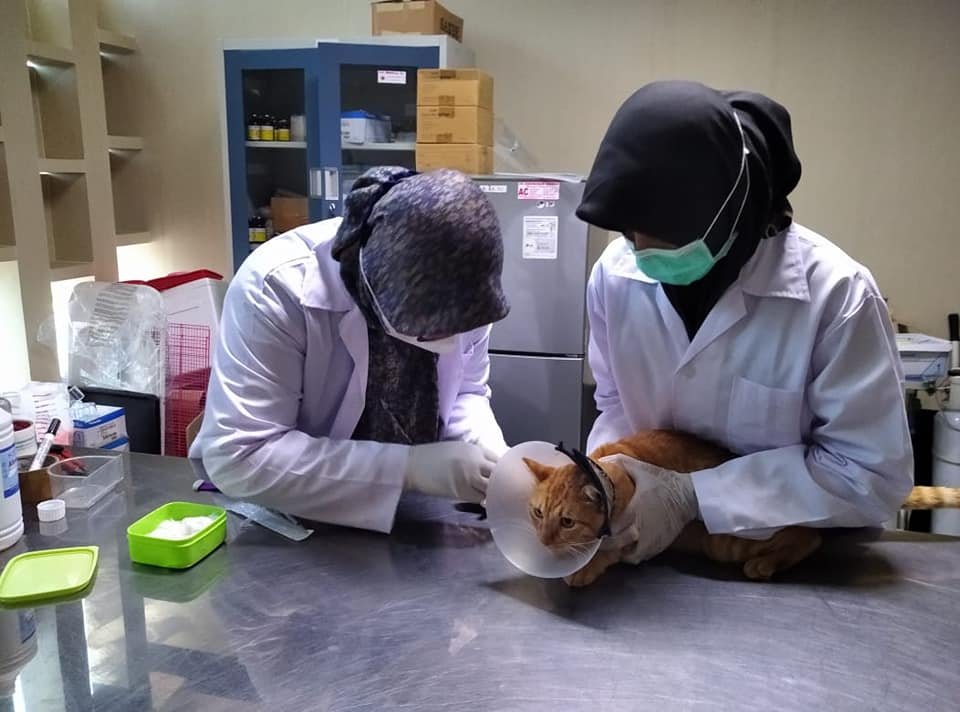Have you ever been caught off guard by your cat’s sudden swipe or hiss? Watching your sweet feline transform into a tiny tornado of claws and teeth can be both shocking and heartbreaking. Aggressive behavior in cats is more common than many people realize, and it can leave even the most devoted cat lover feeling helpless or confused. But here’s the good news: with patience, understanding, and the right approach, you can help your cat feel safe—and help your home become peaceful once again.
Handling an aggressive cat can feel overwhelming, but with the right approach, things can get better—for both of you. Whether your kitty is swatting, hissing, or just seems on edge, there are ways to understand what’s behind the behavior. From spotting triggers to setting up calming spaces, small adjustments can make a big difference. It’s all about patience, consistency, and building trust at their pace. Let’s dive into some practical tips to help your feisty feline feel safe and more at ease.
Recognize the Triggers Behind Aggression
Understanding what sets off your cat’s aggression is the first step toward helping them. Many cats lash out because they are scared, stressed, or even in pain. Is your cat startled by loud noises, the arrival of guests, or changes in their environment? Sometimes, aggression is a form of communication—your cat might be telling you they’re overwhelmed or afraid. Observing when and how these outbursts happen is crucial. Take notes about the circumstances, and look for patterns. Remember, cats are creatures of habit, and small things can feel like huge disruptions to them. By identifying triggers, you can work to avoid or minimize them, making your cat’s world feel safer and more predictable.
Provide a Safe Space Just for Your Cat
Imagine being in a crowded room with nowhere to escape when you feel stressed. That’s how many cats feel in busy homes. Giving your aggressive cat a place of their own—a quiet room, a cozy box, or a high perch—can make a world of difference. This safe space should be off-limits to other pets and children, allowing your cat to truly relax. Fill it with their favorite blanket, toys, and a litter box nearby. When your cat feels overwhelmed, they’ll know exactly where to go to calm down. Over time, this sense of security can help reduce aggressive episodes and build your cat’s confidence.
Respect Their Boundaries and Body Language

Cats are masters at telling us how they feel—if we know what to look for. Flattened ears, a twitching tail, or dilated pupils are all signs your cat needs space. Ignoring these signs can quickly escalate their stress, leading to aggression. Pay close attention to your cat’s body language and respond with patience. If your cat backs away or hisses when you approach, respect their wishes and give them time to come to you on their own terms. This builds trust and helps your cat feel in control, which is essential for reducing fear-based aggression.
Play Therapy to Release Pent-Up Energy
Just like kids with too much energy, cats can become cranky or even aggressive without enough playtime. Interactive toys, like wand teasers or feather sticks, give your cat a safe way to “hunt” and burn off frustration. Schedule regular play sessions, even if it’s just ten minutes a couple of times a day. This not only tires your cat out, but also strengthens the bond between you. Remember, never use your hands as toys—this can teach your cat that biting and scratching people is okay. Instead, let toys be the target, and watch how play helps melt away some of that pent-up tension.
Establish a Calm, Predictable Routine
Cats thrive on routine, and sudden changes can send them spiraling into anxiety or fear. Feeding, playtime, and even cuddles should happen at roughly the same times each day. Predictability helps your cat feel secure, and with security comes less need for aggressive self-defense. Try to introduce new things—like visitors, furniture, or other pets—gradually. Give your cat time to adjust, and always reward calm behavior with gentle praise or treats. Over time, a steady routine can help your cat feel more in control, which makes aggressive outbursts much less likely.
Consult a Veterinarian for Underlying Issues

Sometimes, aggression is a signal that something isn’t right health-wise. Pain from arthritis, dental issues, or even undetected injuries can make your cat lash out. If your cat’s aggression is sudden, severe, or out of character, a vet visit is essential. Describe the behavior in detail and ask for a thorough checkup. Medical conditions like hyperthyroidism or neurological issues can also cause aggression. Treating the root cause may be the key to transforming your cat’s behavior. Never punish aggression—instead, get curious and compassionate about what might be going on inside your cat’s body.
Seek Professional Help When Needed
There’s no shame in reaching out to a feline behaviorist or trainer, especially if you’ve tried everything and your cat is still struggling. Professionals can observe your cat’s behavior, identify subtle triggers, and create a custom plan to help both you and your cat. Sometimes, aggressive behavior is deeply rooted in past trauma or anxiety, and expert guidance can make all the difference. Remember, asking for help doesn’t mean you’ve failed—it means you care enough to go the extra mile for your furry friend. With time, understanding, and maybe a little expert help, even the most aggressive cat can learn to trust and love again.
Caring for an aggressive cat isn’t always easy, but with time and understanding, real progress is possible. The key is patience—meeting them where they are and helping them feel safe, not scared. Every small step forward is a win, and your bond will only grow stronger from here. Stick with it, and your feisty feline might just surprise you.

Andrew Alpin from India is the Brand Manager of Doggo digest. Andrew is an experienced content specialist and social media manager with a passion for writing. His forte includes health and wellness, Travel, Animals, and Nature. A nature nomad, Andrew is obsessed with mountains and loves high-altitude trekking. He has been on several Himalayan treks in India including the Everest Base Camp in Nepal.





